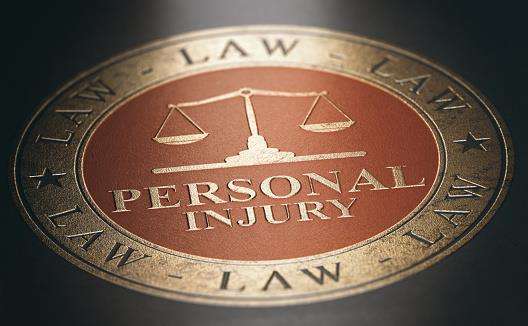
If you are filing a personal injury lawsuit, then you may need to prepare for a long legal process. There are many phases of filing a personal injury lawsuit, such as the discovery process. Learn more about this process before you contact a personal injury lawyer.
Ask a Personal Injury Lawyer: What Does the Discovery Process Entail?
The discovery process is one of the most important phases of your personal injury lawsuit. Personal injury lawyers in College Station use the discovery process to ensure both sides of the case have all the same information. This will allow lawyers to assess the case and build the best strategy.
This will allow your case to be as strong as possible so you can receive the compensation you deserve for all of your economic and non-economic damages. When your lawyer has access to the evidence from the opposing legal team in your case, they will be able to find rebuttals for this evidence that will make it easier to build a winning case.
When Does Discovery Happen?
Discovery is considered a pre-trial phase. Typically, discovery happens after you file your lawsuit but before your lawsuit is heard in court. The discovery process can take several weeks or months, depending on the complexity of your case, the amount of evidence that needs to be shared between legal teams, and the number of cases on the court docket.
For example, if your local district court is backlogged with cases, the discovery process may take longer. Courts that can schedule trials more quickly will often enforce faster discovery processes. If your lawyer or the other legal team requires more time to finish the discovery process, they can file a request with the court.
What Is the Goal of the Discovery Process?
The goal of discovery is to give both parties in a legal dispute the same access to documents and evidence that is used to build a case. For car accidents, much of the evidence related to building a strong case may rest on liability, particularly in comparative negligence cases. In these cases, evidence is crucial to prove the percentage of liability in an accident since this will determine the compensation each driver will be able to claim in a settlement.
How Is Discovery Obtained?
Although the discovery process is part of the pre-trial phase of a lawsuit, the process does not happen automatically. Lawyers for both parties will need to obtain discovery through legal processes. The most common method to obtain discovery is through a subpoena, which legally requires the other side to provide documents through a court order. Lawyers can also request for documents to be examined to determine if the document is genuine.
What Kind of Evidence Is Obtained During Discovery?
The discovery process focuses on sharing legally obtained information, such as police reports, crash reports, interrogations, witness testimonies, video and photographic evidence, expert testimonies, and forensic analysis. Lawyers can also request specific information during the discovery process, such as depositions. Some specific types of evidence shared during discovery can include:
Requests for Admissions
A request for admissions allows lawyers to admit or deny certain questions during trial. For example, one lawyer may request another party to admit certain details of the accident, which can enforce liability claims. This helps lawyers investigate the details of the accident more accurately.
Interrogatories
Interrogatories are open-ended questions that lawyers may ask of the parties involved in a car accident. For example, a lawyer may ask the other party to identify the evidence that will be used to support or deny claims. Interrogatories are written questions shared between parties, which are answered in written form and used as evidence.
Requests for Production
Requests for production are the most common tool used during the discovery process. A request for production is what is most often thought of when the discovery process begins. This request allows both parties to share documents and other types of evidence, such as electronic data, that will be used as physical evidence during the trial phase of a lawsuit.
What Kind of Evidence Is Protected During Discovery?
While most evidence can be legally obtained during the discovery process, there are other types of discovery that are protected. Privileged documents will not be shared with the other side of a legal case. Instead, these documents are protected because of confidentiality. Some examples of privileged documents include doctor-patient medical records and legal documents between you and your attorney.
It can take several months for a walmart personal injury lawsuit to be settled in court. During your lawsuit, one of the most crucial phases is the discovery process, which will allow your lawyer to obtain evidence from the other party so that a strong case can be built. The discovery process can include documents obtained through legal means, such as a subpoena, as well as public records.